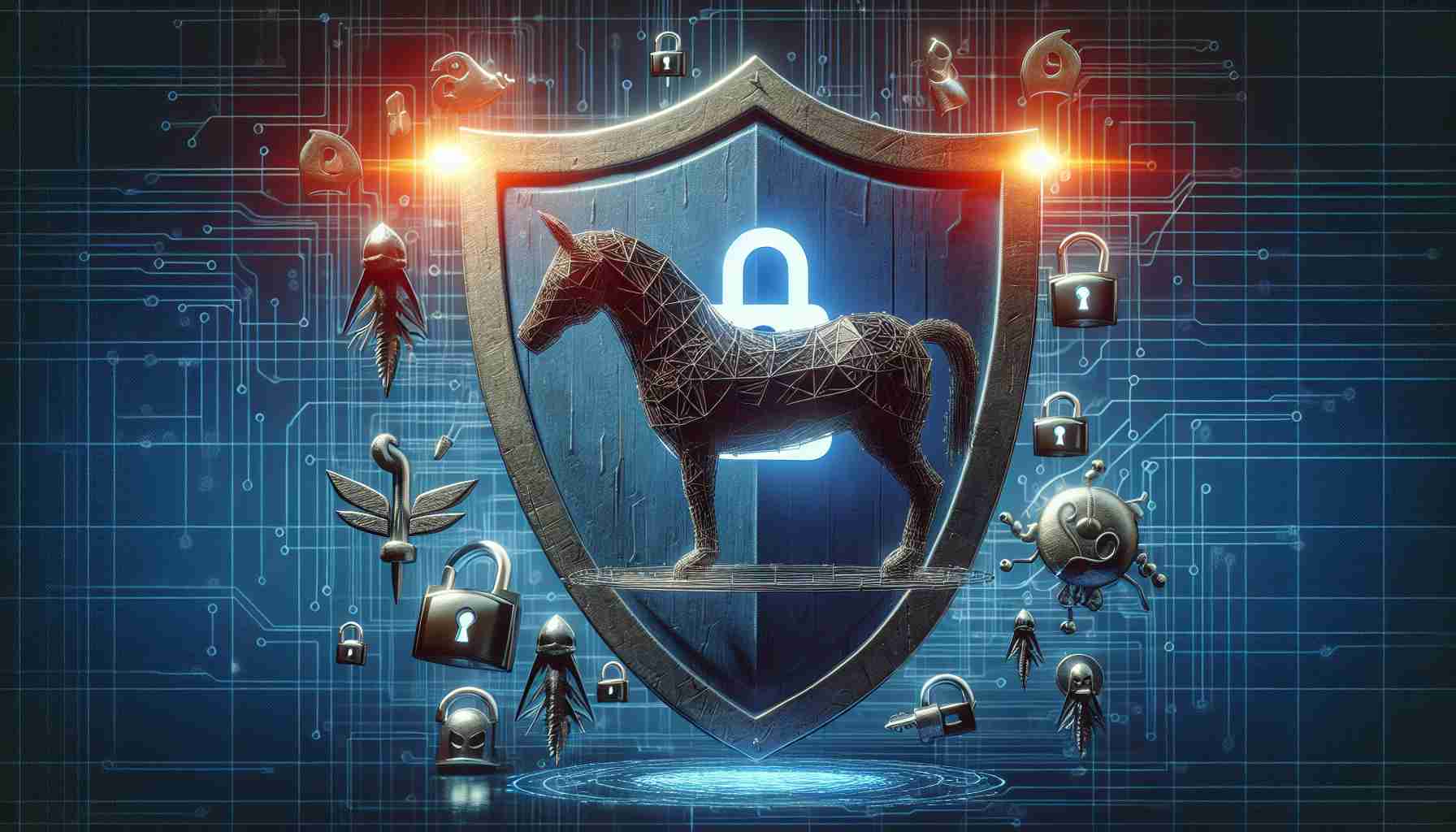A dangerous scheme targeting mobile users has emerged, with scammers attempting to deceive individuals into divulging sensitive information about their online identities. The perpetrators behind this cyber scheme are utilizing text messages to masquerade as reputable companies, tricking unsuspecting victims into surrendering personal data for fraudulent purposes.
The deceptive messages, posing as legitimate communication from well-known brands, aim to deceive recipients into clicking nefarious links and providing login credentials to their accounts. Despite the appearance of authenticity, these messages are part of a broader strategy known as ‘smishing,’ where cybercriminals manipulate trust to gain access to critical personal information such as passwords and financial details.
To safeguard yourself from falling victim to such malicious tactics, exercise caution when engaging with suspicious text messages purporting to be from familiar companies. Verify the message source before taking any action, as reputable organizations like Apple typically do not contact individuals via random phone numbers. Avoid clicking on any links provided in unsolicited messages and opt to access account login pages directly through official channels.
In addition to these precautions, it is advisable to enable two-factor authentication for enhanced security measures, a step endorsed by Apple to prevent unauthorized access to user accounts. By implementing this additional layer of protection, individuals can significantly reduce the risk of their personal information being compromised by cyber fraudsters.
Remaining vigilant and proactive in safeguarding your digital identity is paramount in today’s interconnected world. Stay informed about the latest cybersecurity threats and adopt best practices to fortify your defenses against malicious scams targeting unsuspecting individuals.
Protecting Your Digital Identity: Key Questions and Solutions
In the realm of safeguarding your digital identity from malicious scams, it’s important to delve deeper into the topic to understand the nuances and complexities involved. Let’s explore some critical questions, key challenges, advantages, and disadvantages associated with this crucial aspect of staying safe in the digital world.
Key Questions:
1. What are some lesser-known tactics that scammers use to target individuals’ digital identities?
2. How can individuals differentiate between genuine communication and fraudulent messages?
3. Are there specific red flags to watch out for in identifying malicious attempts to steal personal information?
4. What role does user education play in mitigating the risks of falling prey to digital scams?
5. How can individuals effectively report incidents of digital scams to relevant authorities or service providers?
Key Challenges and Controversies:
– The evolving sophistication of cybercriminal tactics poses a constant challenge in staying one step ahead to protect digital identities.
– Balancing convenience with security measures can be a contested issue, as some users find additional security steps cumbersome.
– Cyber laws and regulations vary across jurisdictions, which can complicate the process of handling digital identity theft cases.
Advantages and Disadvantages:
– Advantages:
– Implementing two-factor authentication adds a robust layer of security to user accounts.
– Staying informed about cybersecurity threats empowers individuals to recognize and resist potential scams effectively.
– Disadvantages:
– Constant vigilance and proactive measures may be time-consuming and require ongoing commitment.
– Over-reliance on technology without understanding the underlying security risks can lead to complacency and vulnerability.
In conclusion, protecting your digital identity requires a multifaceted approach that combines awareness, education, and proactive security measures. By staying informed, practicing caution, and leveraging security tools effectively, individuals can significantly reduce the risk of falling victim to malicious scams in the digital landscape.
For further insights and resources on cybersecurity best practices and emerging threats, visit cybersecurity.gov. Stay safe, stay diligent, and safeguard your digital identity from malicious actors seeking to exploit unsuspecting individuals.


















